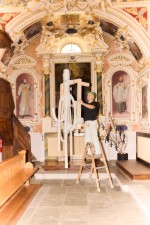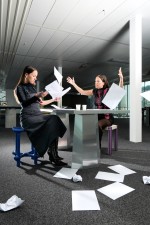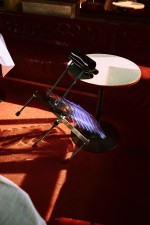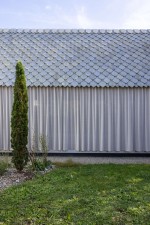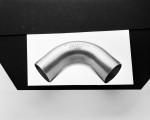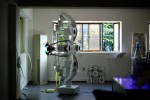Raphael Kadid and BWB
Philae AL
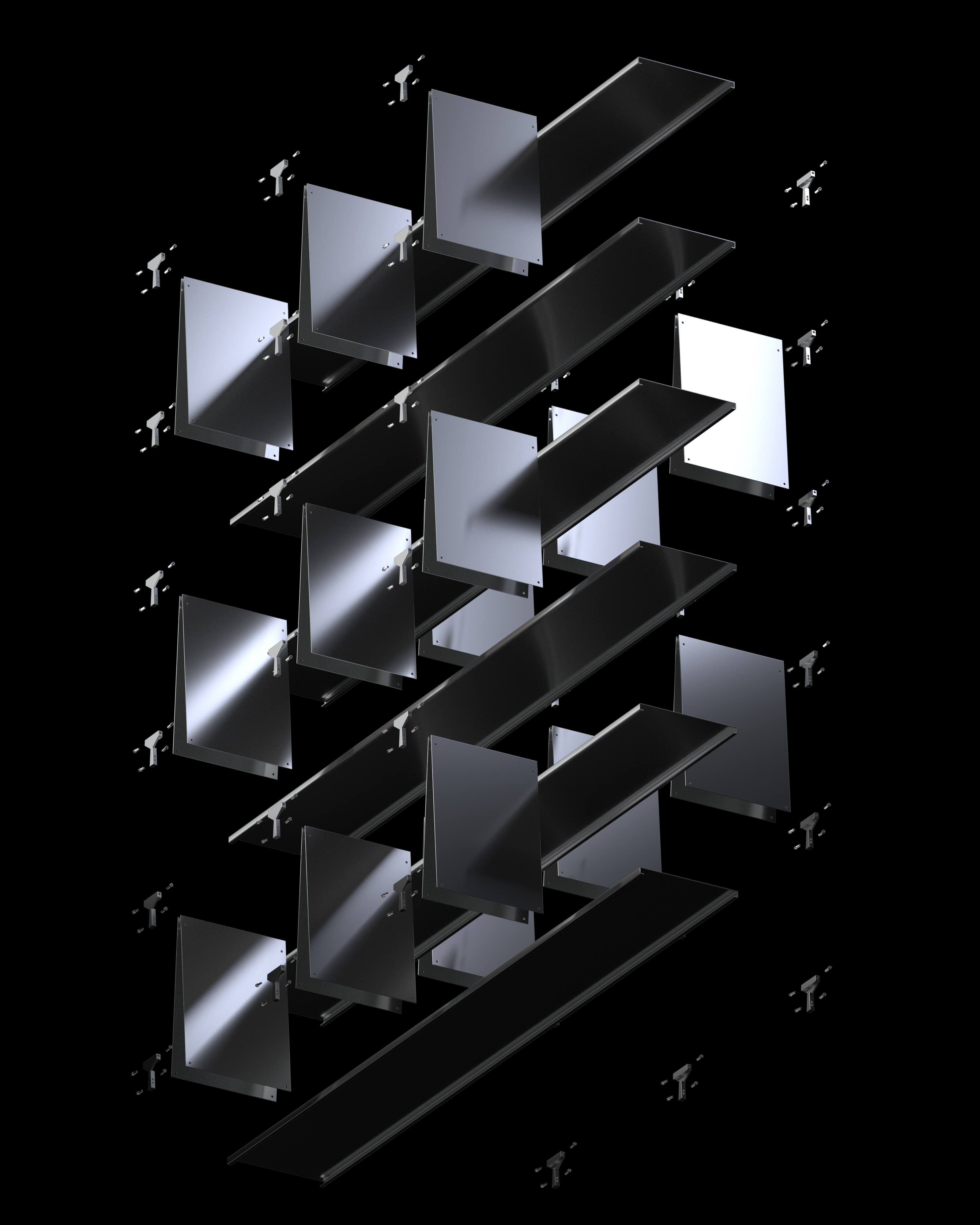
A bookshelf as a tower of cards, to combine the precision of industrial processes with traditional craftsmanship, fragments of a folded maps of abstract landscapes.
Initiated by Raw Senses, the project is a collaboration with BWB, a Swiss company specialising in electrolytic surface treatment. Composed of CNC machined connectors and 2mm panels, this new version of the Philae AL bookshelf is entirely crafted in aluminium. Where a standard treatment could have been applied to protect the material from corrosion, we collaborated to hand-anodise the bookshelf at the factory in Switzerland. Structurally, the bookshelf is designed and built like a building. Each level is assembled vertically using the same triangulation principles as a card tower to ensure stability. The shelf has 36 knots, connectors, that hold the shelves together and give the bottom panel enough distance from the floor. They are both the structure and the feet of the shelf. Looking at some of the samples at BWB, certain patterns reminded me of aerial landscape photographs, such as those by Kevin Krautgartner, where bauxite mines are photographed from above. Bauxite is a natural ore, the primary source of aluminium. The desire to reconcile modern machining techniques with craftsmanship, the wish to not only explore with shapes, assemblies and their compositions, but also how the hand can guide the design, was at the center of this work. Hand anodising allowed us to spread the colour unevenly, creating depth, a topography on the surface of the material. Like a canvas, the bookshelf becomes a reflection of its mineral origins. Designed with flexibility and sustainability in mind, the Philae AL bookshelf can be easily disassembled and, being made entirely of aluminium, is fully recyclable.
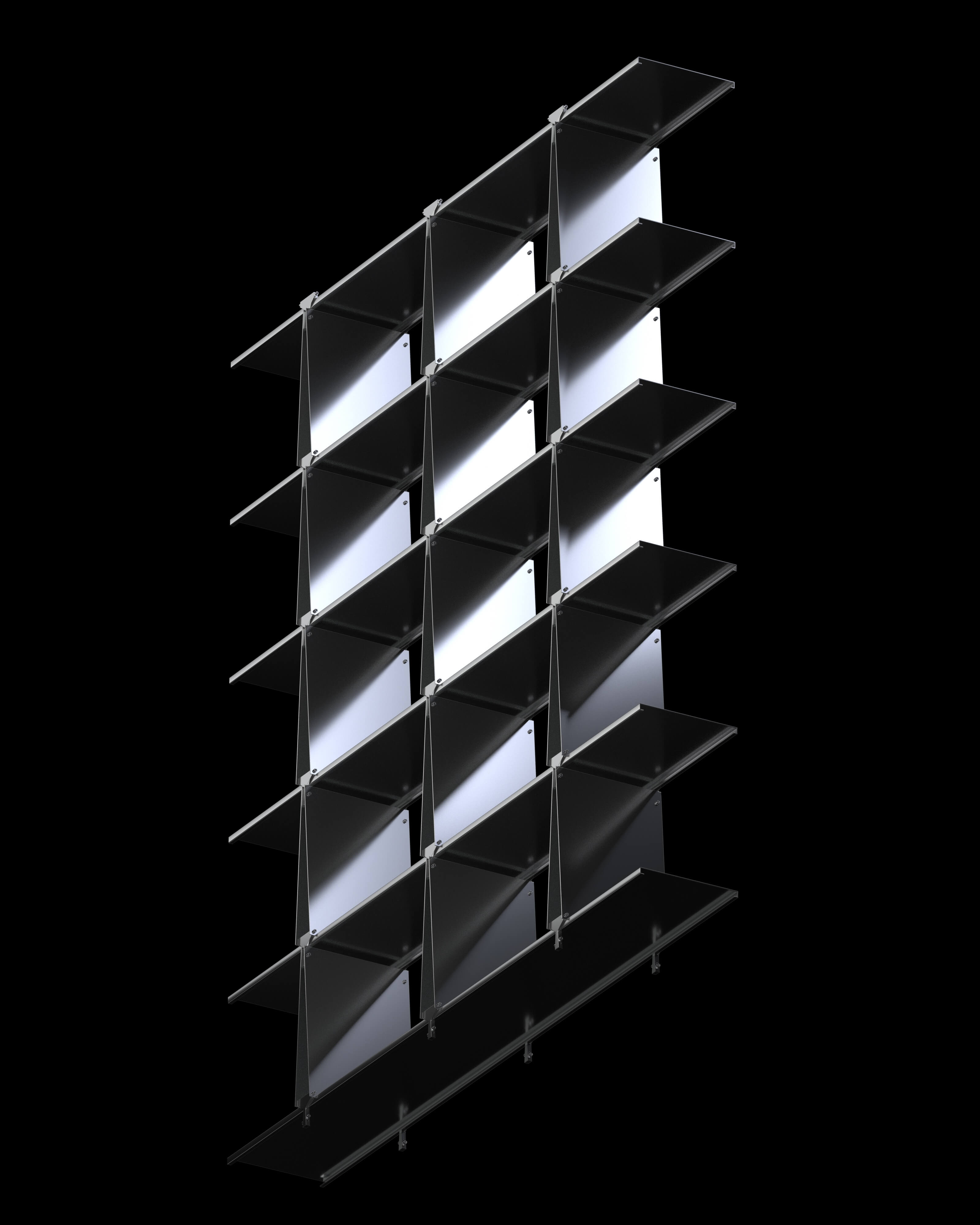
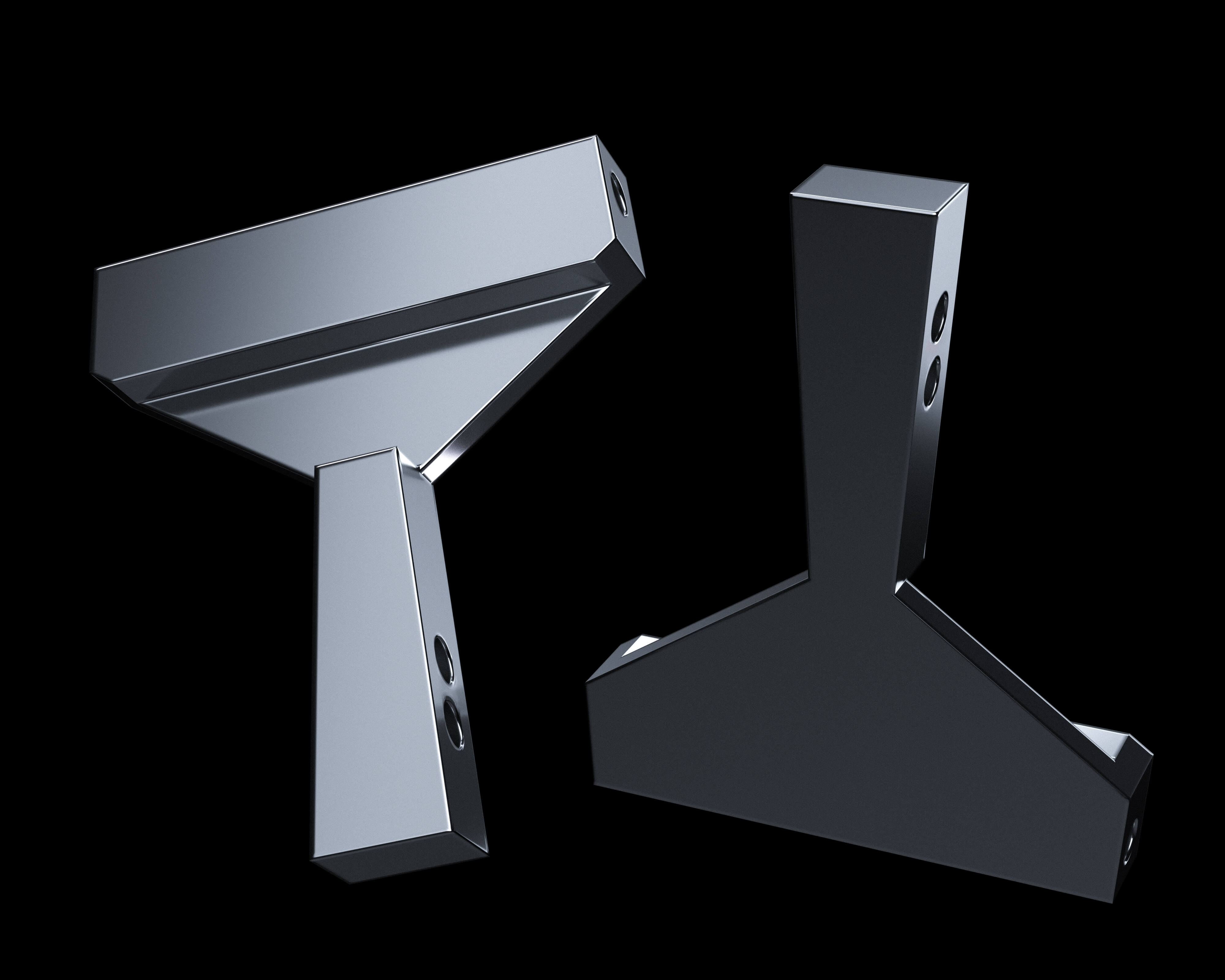
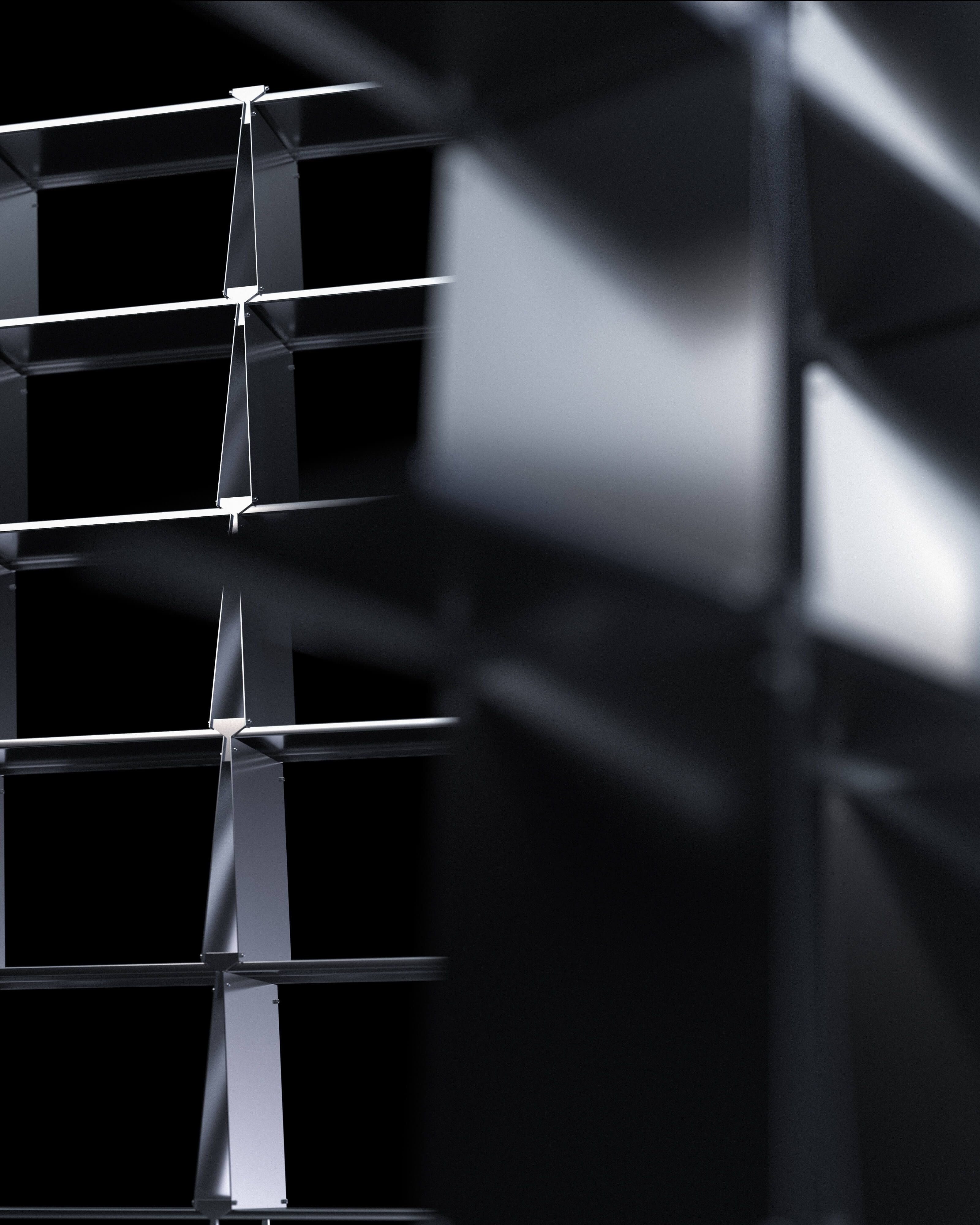
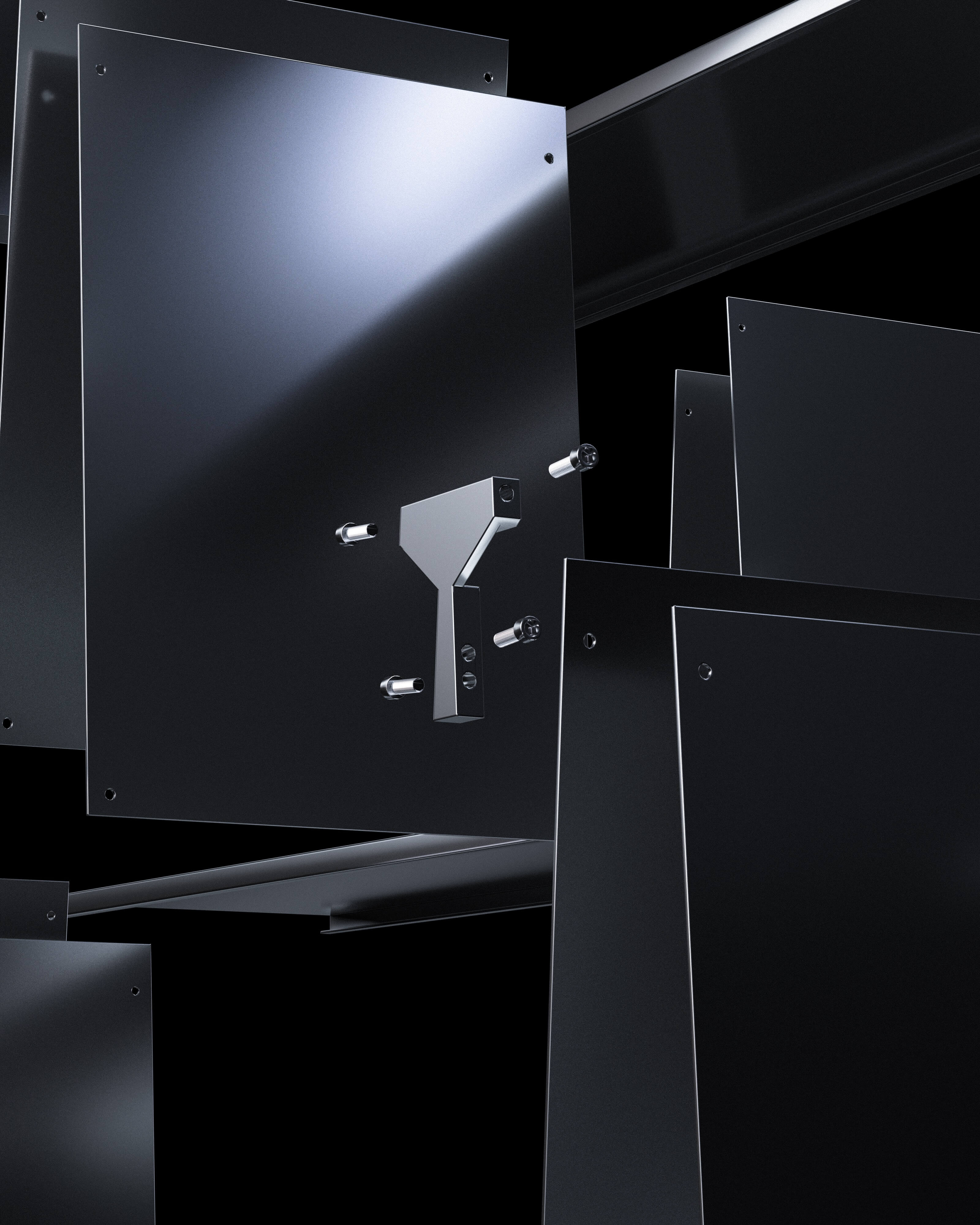
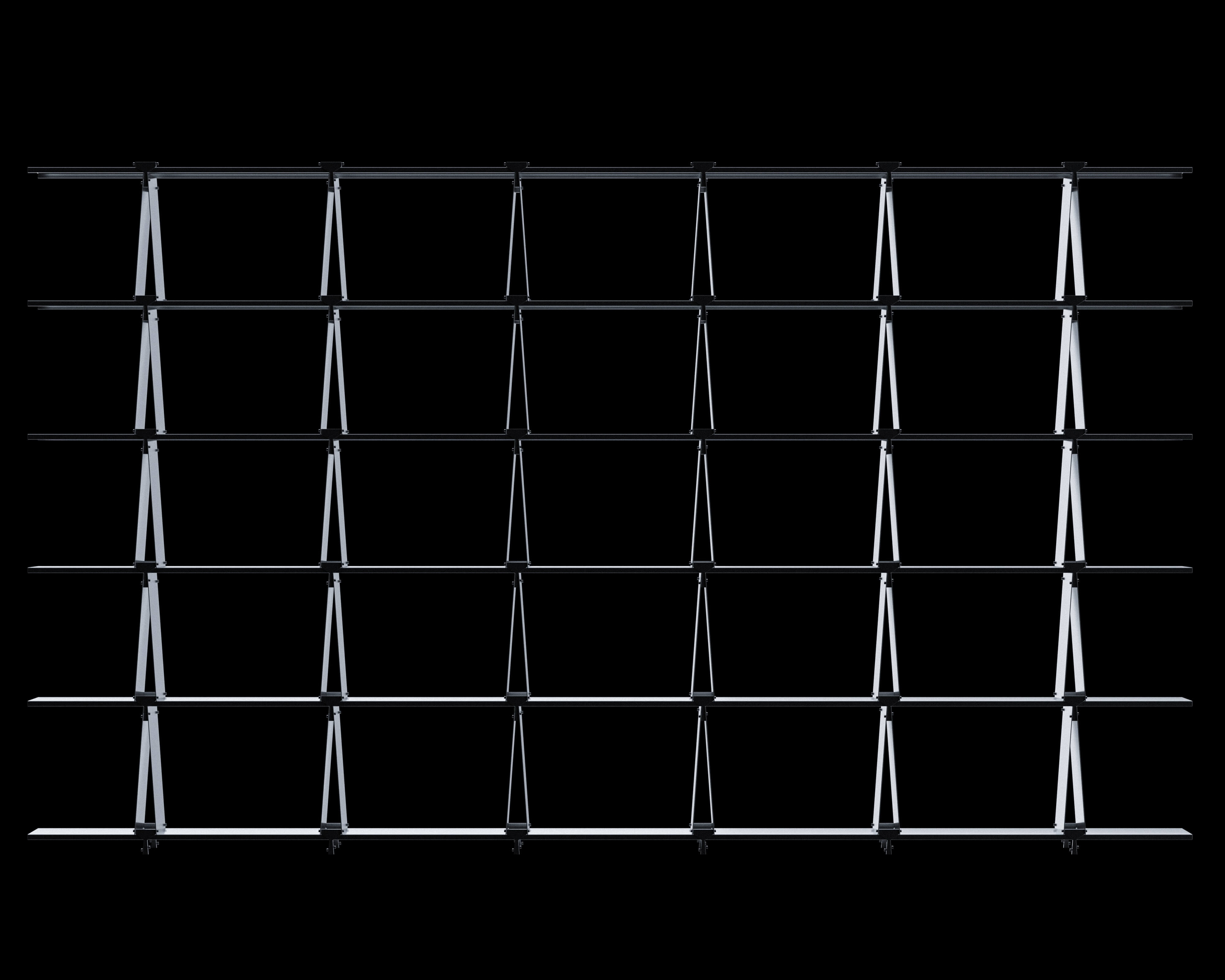
The Philae AL bookshelf is described as a "tower of cards" and inspired by folded maps and abstract landscapes. Could you elaborate on how these metaphors shaped the design process, particularly in its structure and aesthetic?
A tower of cards is a straightforward structure that gains stability through the simple stacking of flat surfaces. By forming triangular geometries, flexible elements transform into rigid ones. This same principle is applied to the bookshelf: the 2mm aluminum panels, which would otherwise bend under weight, become sturdy when assembled at precise angles, creating a strong and resilient structure. The concept of folded maps is inspired by a memory of paper maps, which reveal fragments of territory as they are unfolded. Each panel of the shelf acts as a part of a map, fragments of an imaginary landscape.
Aluminium is the main material for this Philae AL edition. What challenges or opportunities did working with hand-anodised aluminium present compared to standard industrial treatments? How did this influence the final appearance of the bookshelf?
Aluminium is a fantastic material, it is very light and when anodised it is totally resistant to corrosion. Anodising is an electro-chemical process that changes the microscopic texture of the metal's surface, it is not a thick coating like paint that can crack or peel as it ages. Hand anodising has exactly the same properties, only the process is different: instead of dipping the metal in dye baths, the dyes are applied directly to the wet aluminium panels, spreading over the surface like watercolour. It gives the bookshelf its unique aspect.
BWB's expertise in electrolytic surface treatment it's integral to the project. How did the collaboration with BWB evolve, and what was their role in achieving the handcrafted quality of the anodised surfaces?
BWB was introduced to me by Raw Senses in the context of a new exhibition called "The Auction". After looking at samples at BWB from previous collaborations with artists such as Raphael Hefti, I was drawn to the indescribable depth of some of the hand anodised samples. Certain patterns reminded me of aerial landscape photographs, such as those by Kevin Krautgartner, where bauxite mines are photographed from above. Bauxite is a natural ore, the primary source of aluminium.
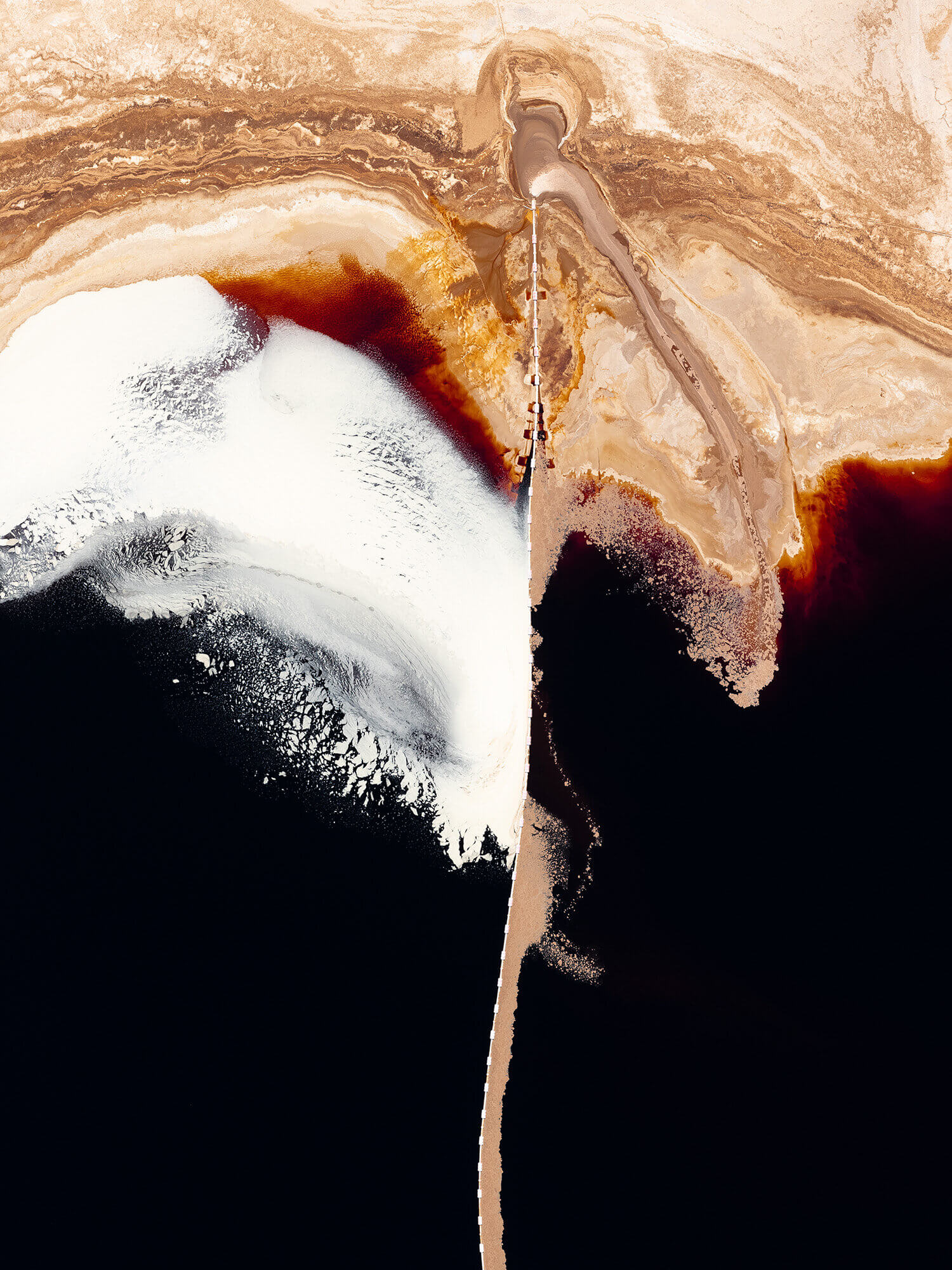
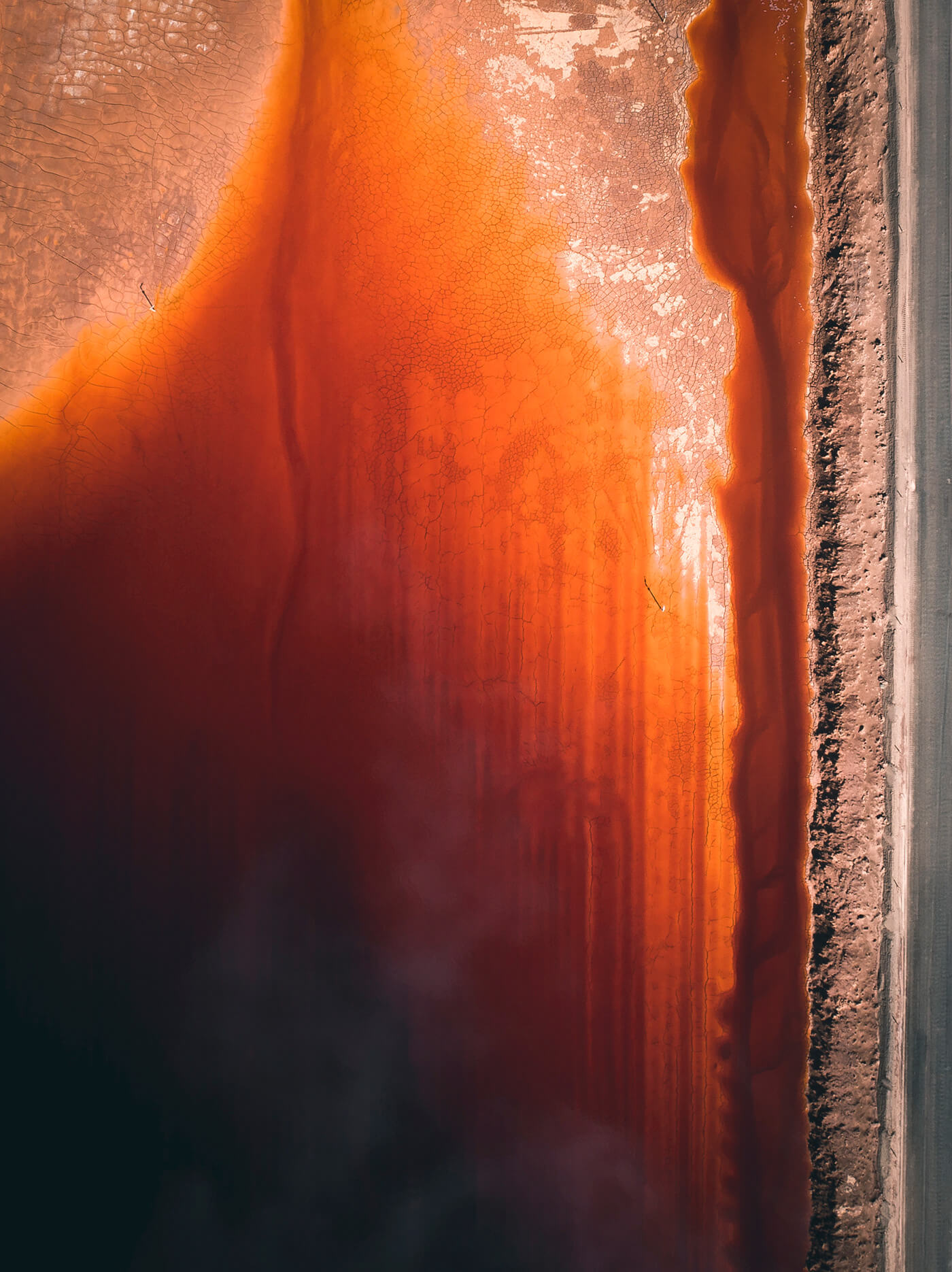
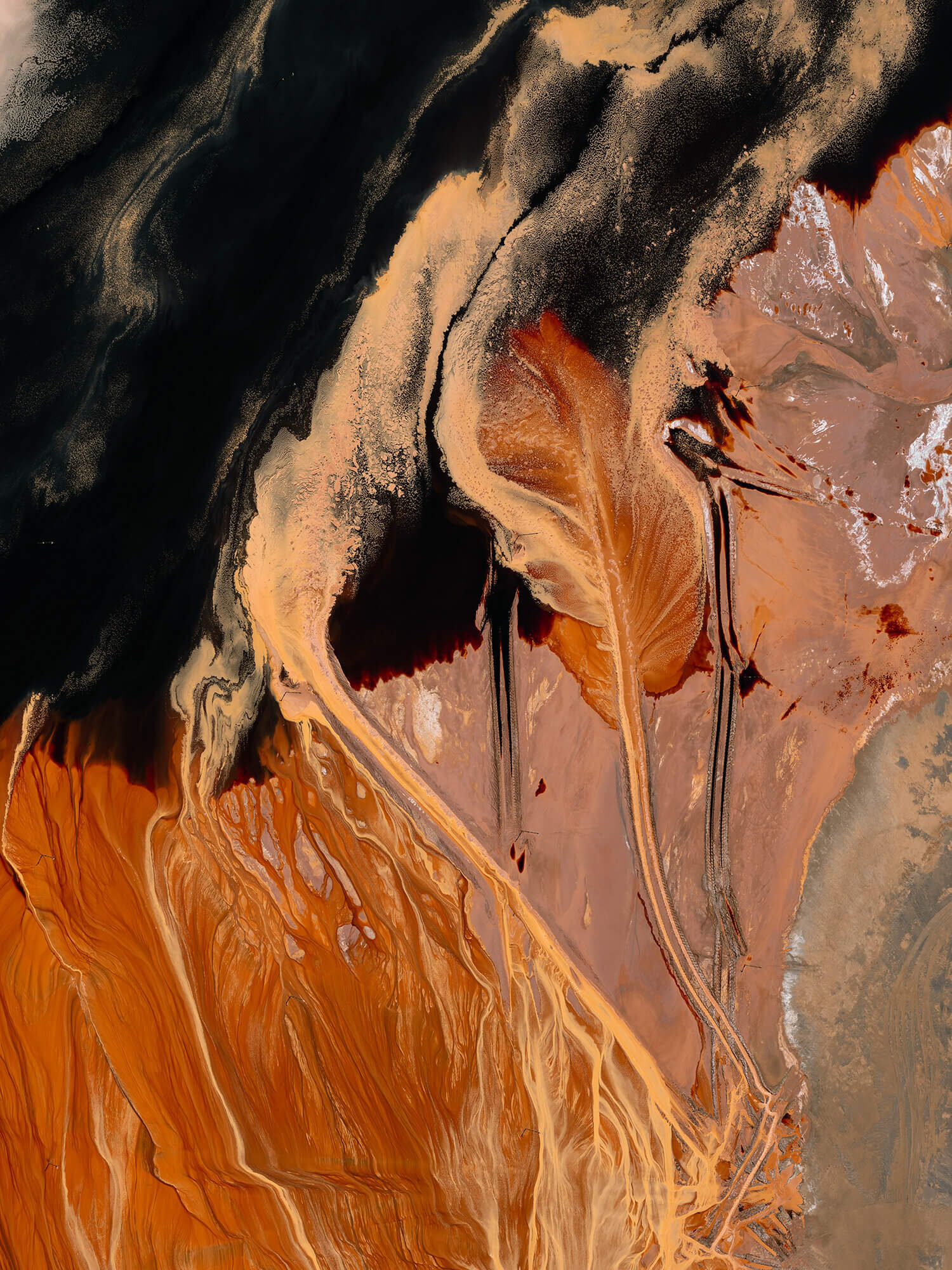
Initiated by Raw Senses, the project is a collaboration with BWB, a Swiss company specialising in electrolytic surface treatment.
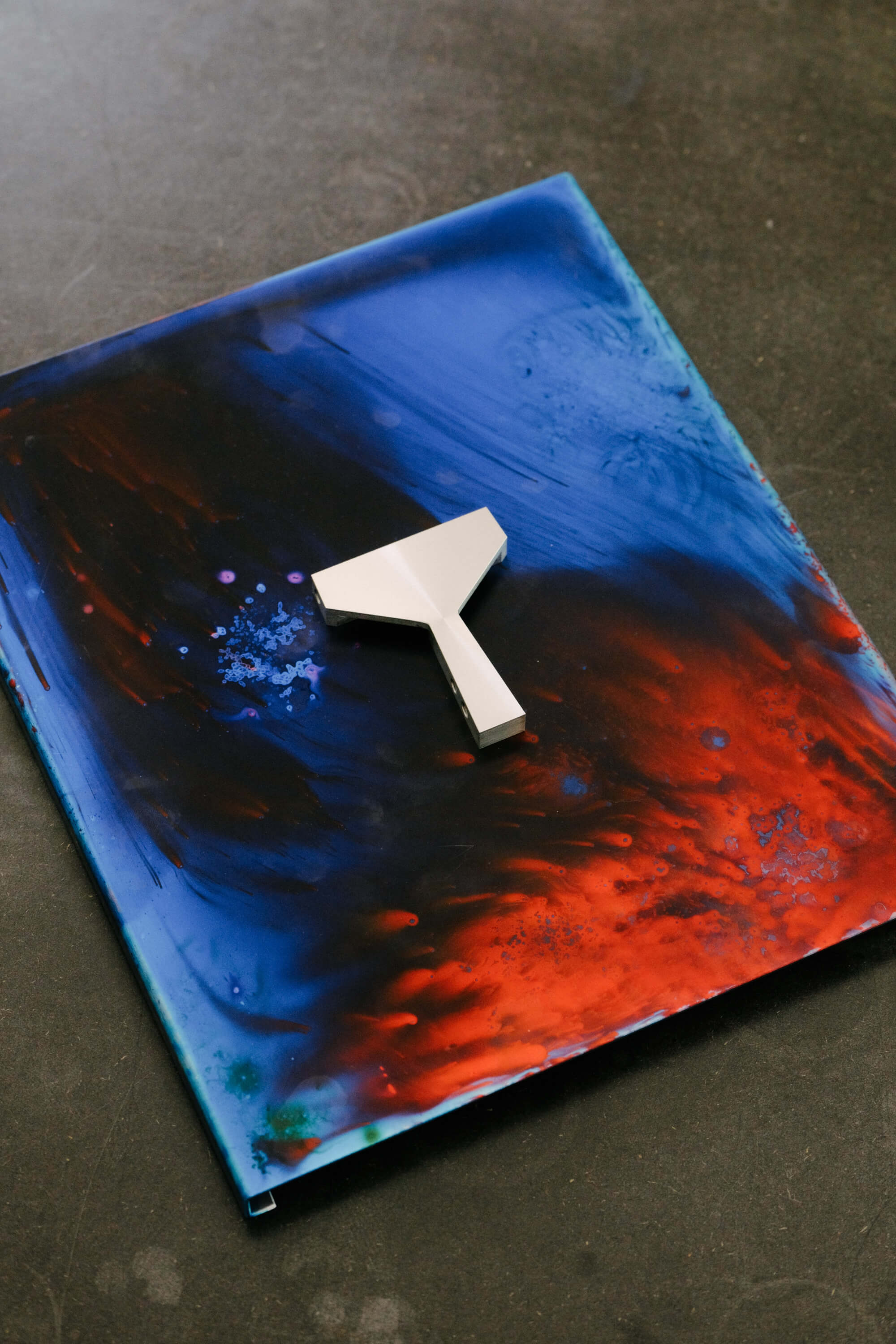
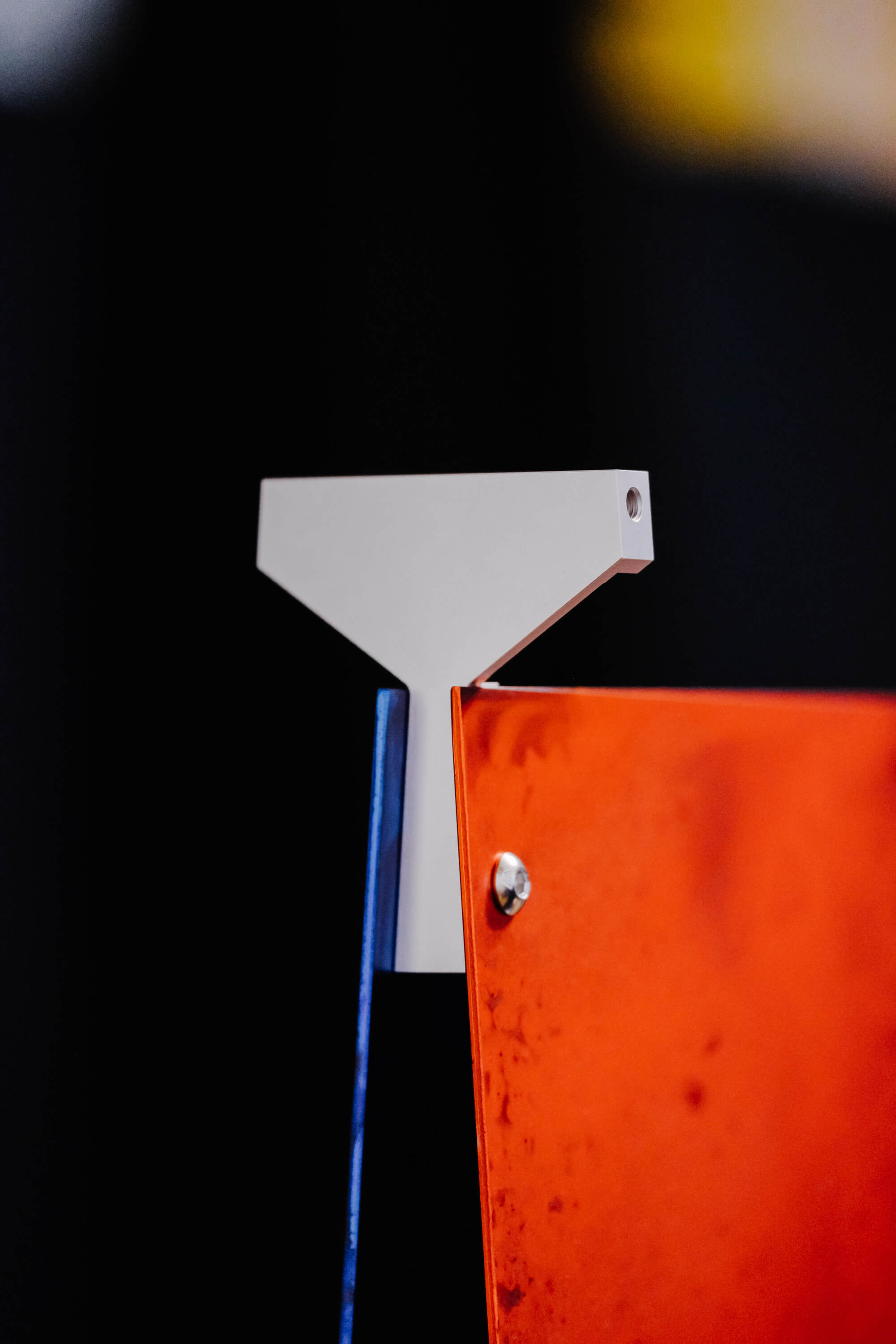
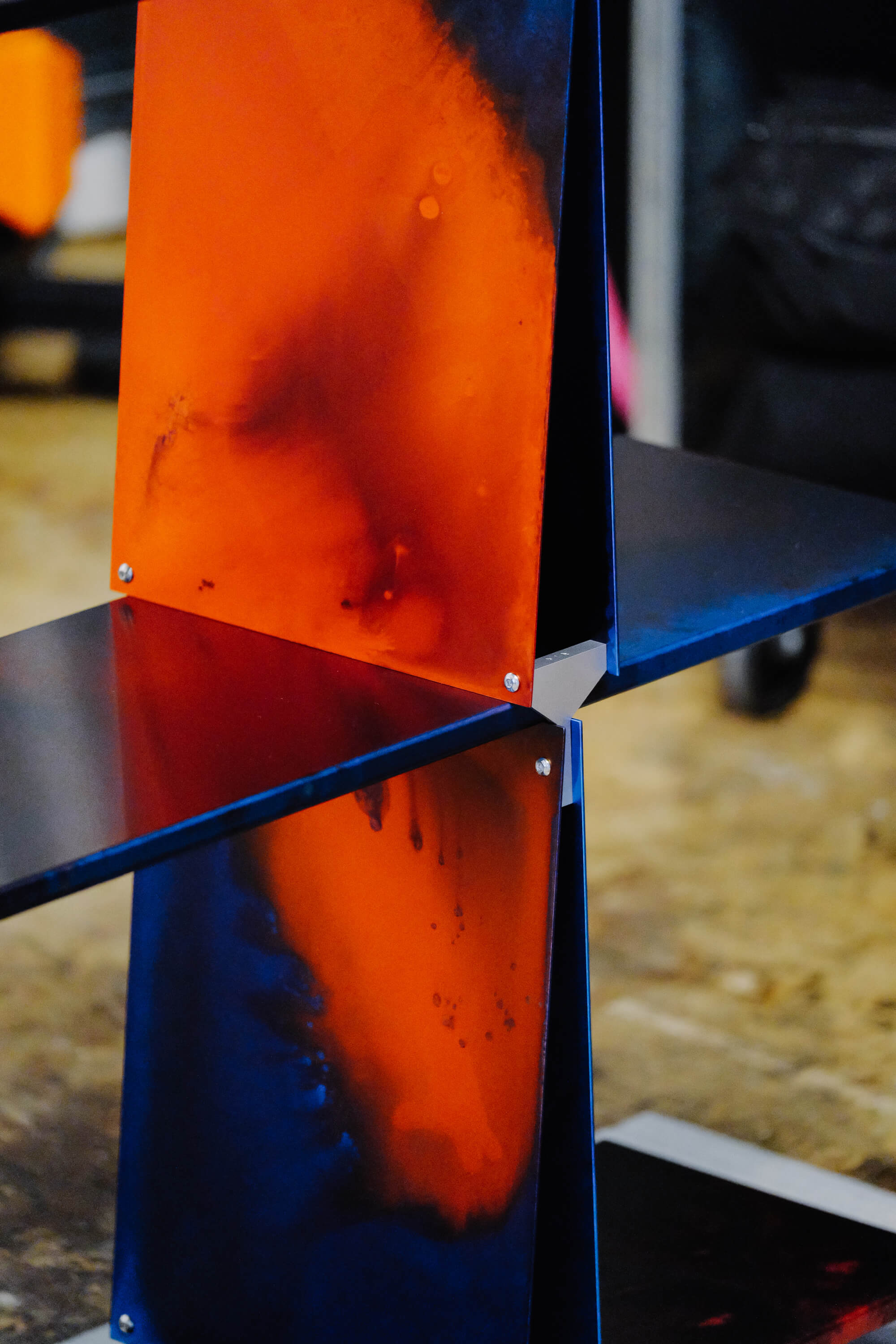
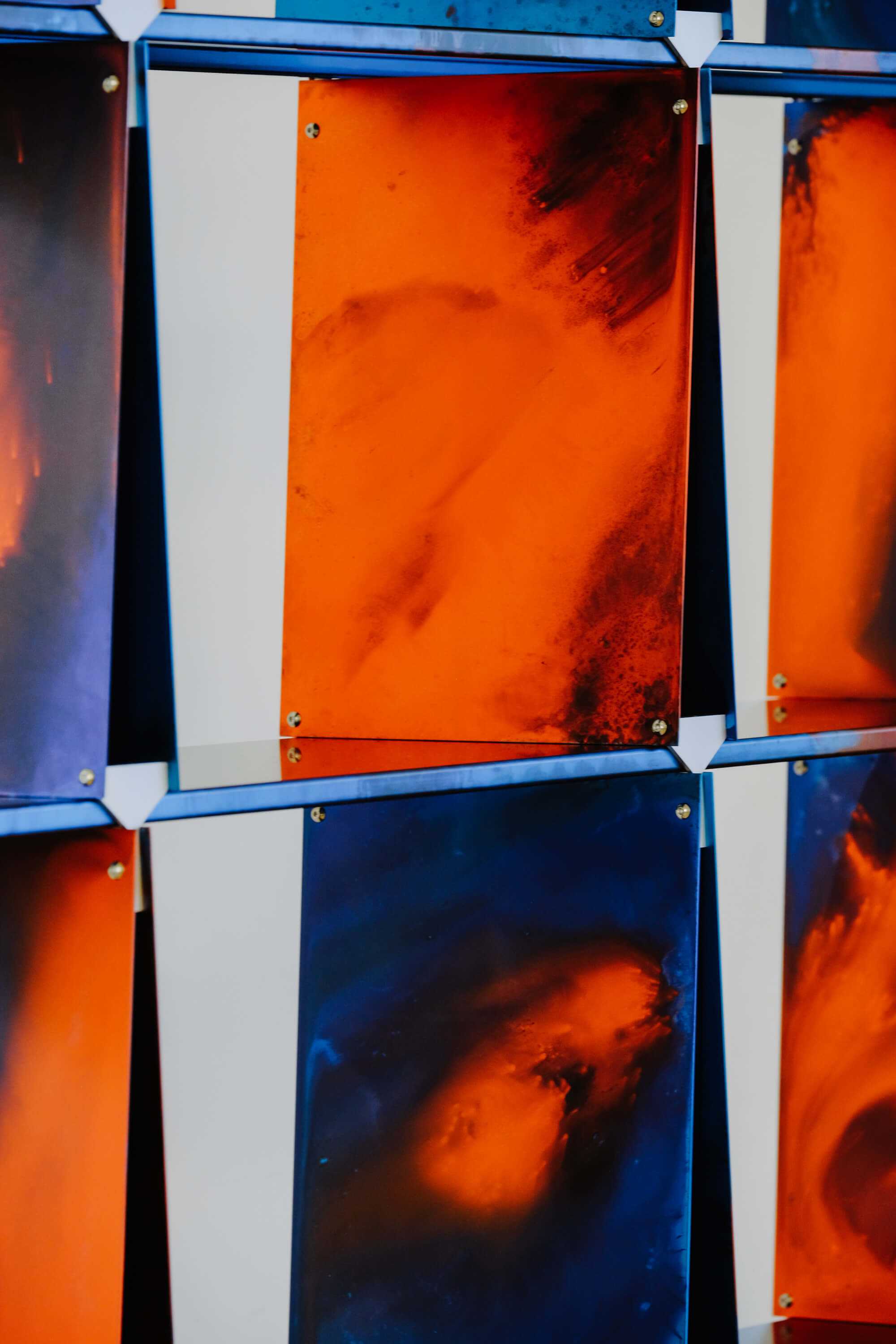
This project aims to reconcile industrial precision with traditional craftsmanship. How do you balance these two seemingly opposing approaches for Philae AL?
Most of my recent work is very industrial in nature. The possibilities of CNC machining allow me to produce small quantities of parts with industrial precision. I like to use raw and solid metals because I can feel them. I like to see the subtle colour difference between warm stainless steel and cold aluminium, the weight of a piece of brass or the smell of copper. The appearance of the object is defined by the level of finish, the polish of a particular metal. So the chance to create a unique piece, to work by hand with colours and their composition, was a revelation for me. All the more so as the process of hand anodising can only be guided, but the result - a bit like analogue photography - cannot be predicted.
Sustainability is a key aspect of the bookshelf, with its recyclable aluminium and disassemblable design. How does this align with your broader design philosophy, and how do you see it influencing future projects?
I see sustainability in different ways, the first and most important in my work is to create simple objects that last a lifetime. The materials I use, the electrical components of the lamps, the assembly of the furniture are designed to live, to be moved, to be disassembled many times. Working with standard industrial profiles for the body of the objects follows this philosophy. In the case of Aluminium Philae, the entire shelf is made of simple 2mm aluminium panels, folded or perforated. The anodised layer is a protective coating that does not rely on foreign materials like paints or plastics, leaving no non-recyclable residues, which makes the material 100% recyclable.
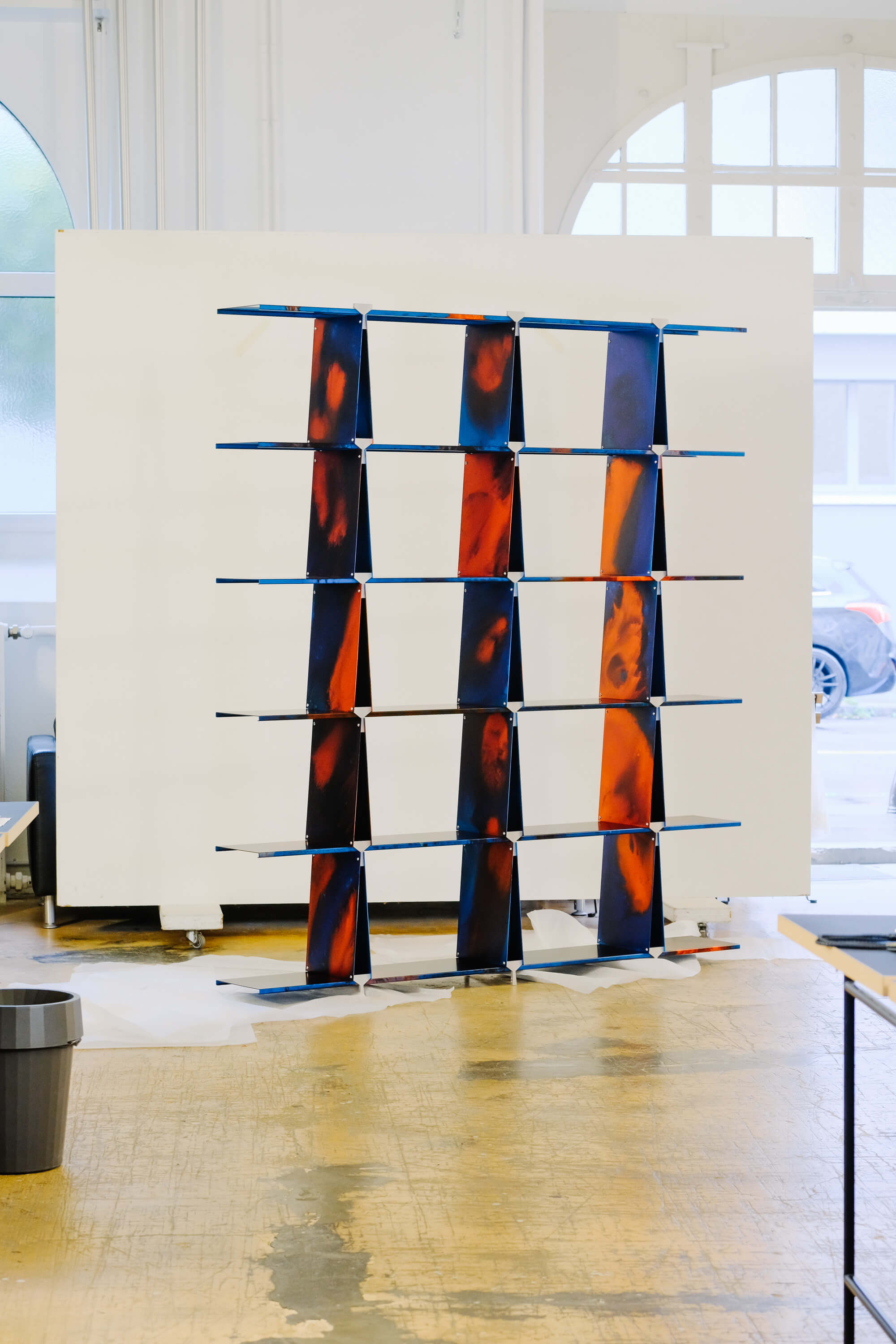
Raphael Kadid Studio is a Basel based multidisciplinary design practice evolving in the fields of architecture, product design, photography and edition.
https://raphaelkadid.com/
Presented by Raw Senses during The Auction exhibition 2024. Philae design by Raphael Kadid, Anodized by BWB Surface Technology / Creative direction by Sebastian Vargas / Interview by Profiler / CGI by Noel Oppliger / Photography by Raphael Kadid
